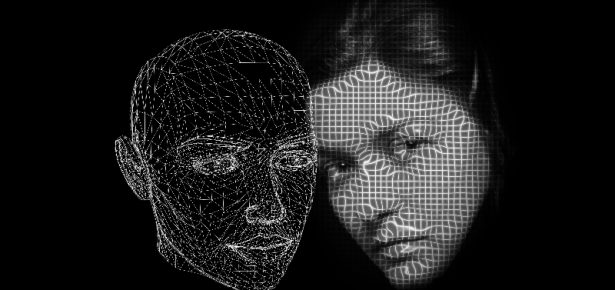
Everyone has a personality. This term describes individual differences in behavior, emotion, and thought that make each person unique. Yet however different they are, most people find a niche in the world that suits their traits. Not everyone succeeds. Community studies suggest that about one in ten have a diagnosable personality disorder (PD). That term describes a personality that does not work, in which problematic traits lead to impulsive behaviors, dysregulated emotions, and abnormal thinking patterns. Yet while these disorders are frequent in mental health clinics, it is easier to focus on symptoms such as anxiety or depression, so PDs are not always recognized.
This book aims to explain why patients with PDs have traits that do not fit in with social expectations, why they fail to find a niche, and how treatment can take account of these factors. I begin by reviewing research on the relationship between personality traits and disorders. Both traits and PDs have a major heritable component accounting for about 40% of the variance between people. This does not mean that PDs are entirely genetic or that they can only be treated by drugs. But it does mean that psychotherapy, which is the main form of treatment for PD, should not try to change personality traits, but help patients make their personality work for them. I show that PD can be best understood in its social context. This conclusion is supported by the fact that these conditions vary greatly in prevalence over historical time as well as between different cultures. I also propose that modernity is a major factor in changing prevalence, and that some personality traits are amplified by living in a world where one has to find one’s own place and build an identity.
The book goes on to describe social factors influencing the most clinically important PDs. Borderline personality disorder (BPD) is marked by severe dysregulation of emotions, a wide range of impulsive behaviors, and dysfunctional intimate relationships. Since BPD patients are often suicidal, most research has focused on this category. Narcissistic personality disorder (NPD), commonly seen in psychotherapy clinics, can be understood as an extreme form of culturally driven individualism. Antisocial personality disorder, most common in prison populations, is also affected by levels of social integration.
The book then develops a biopsychosocial model of PD based on interactions between heritable traits, life experiences, and the larger social environment. It ends by describing how psychotherapists can benefit from this model, particularly in helping patients find a niche compatible with their personality.
Latest Comments
Have your say!